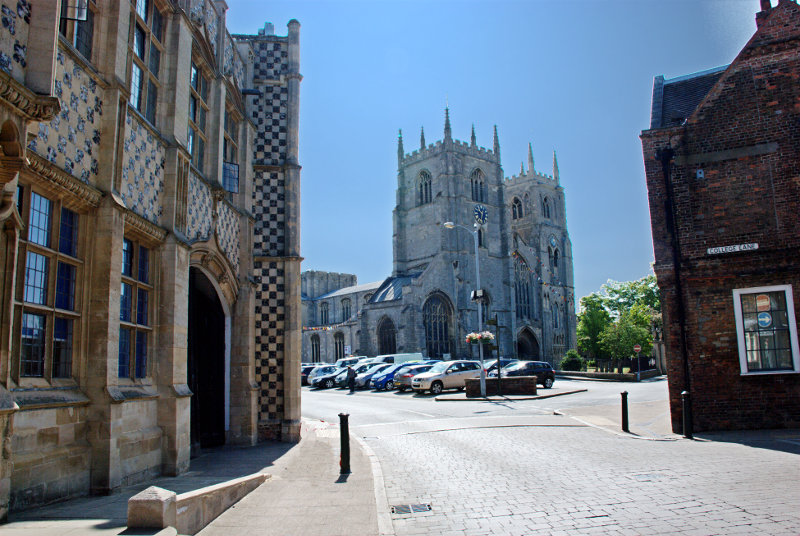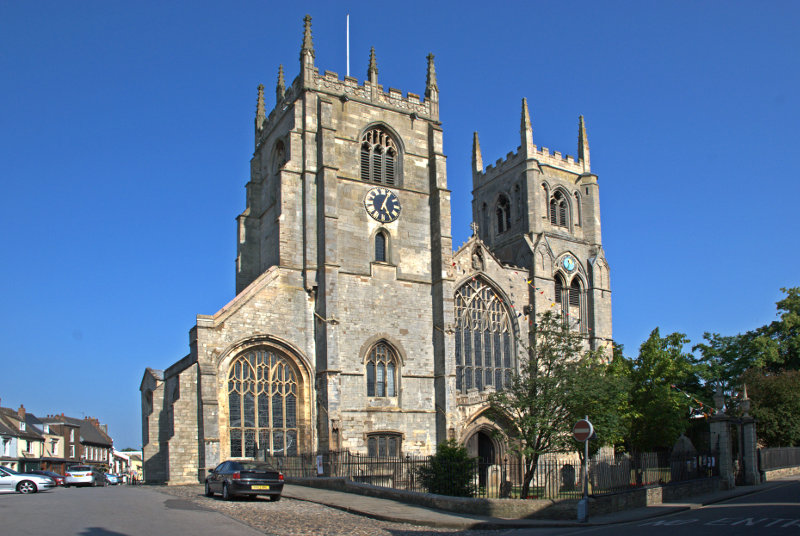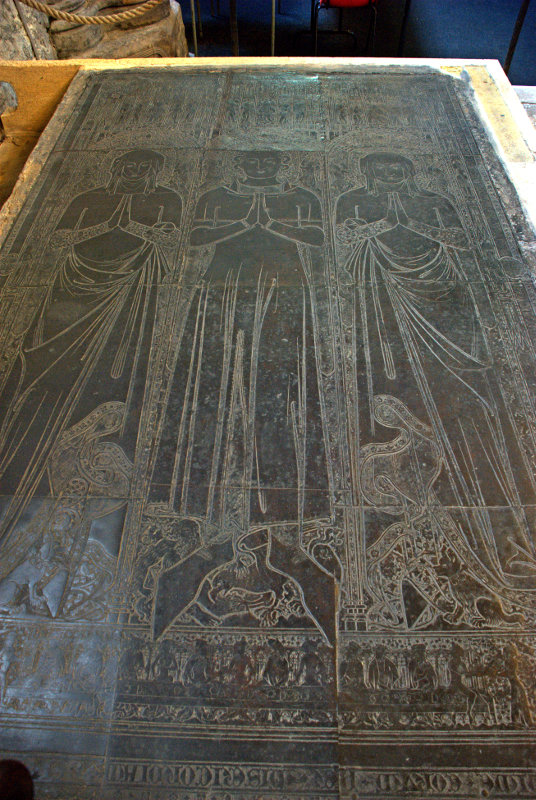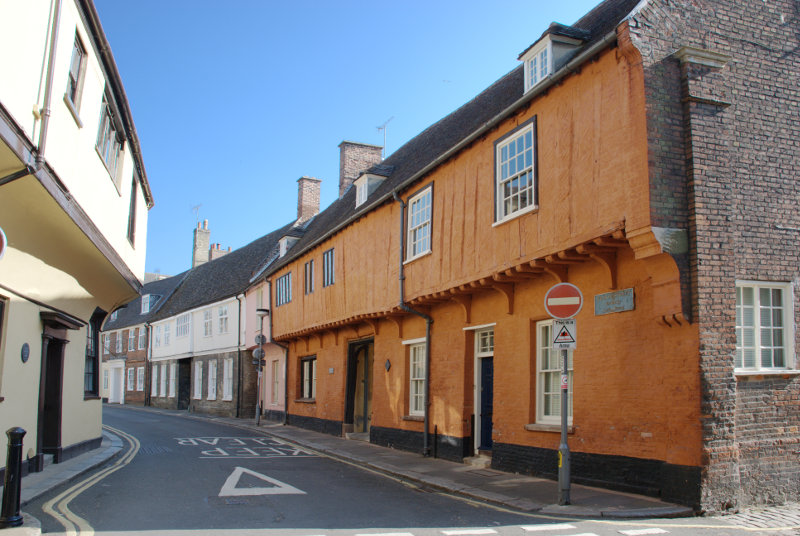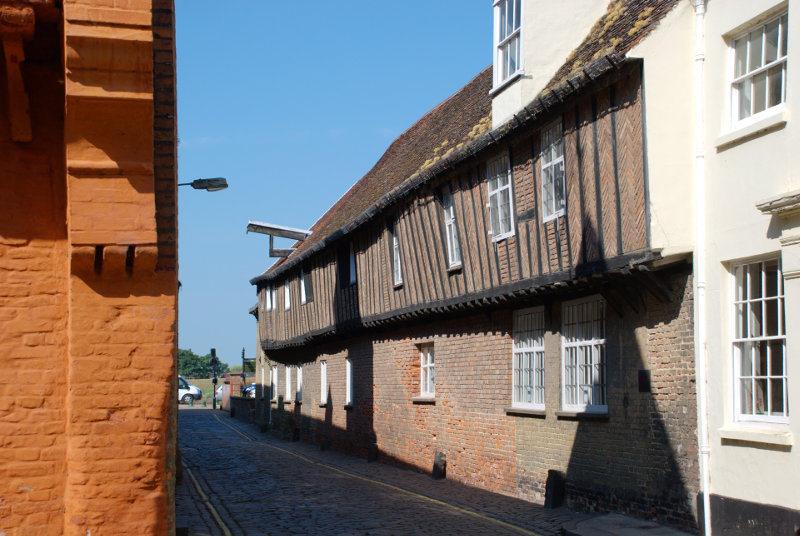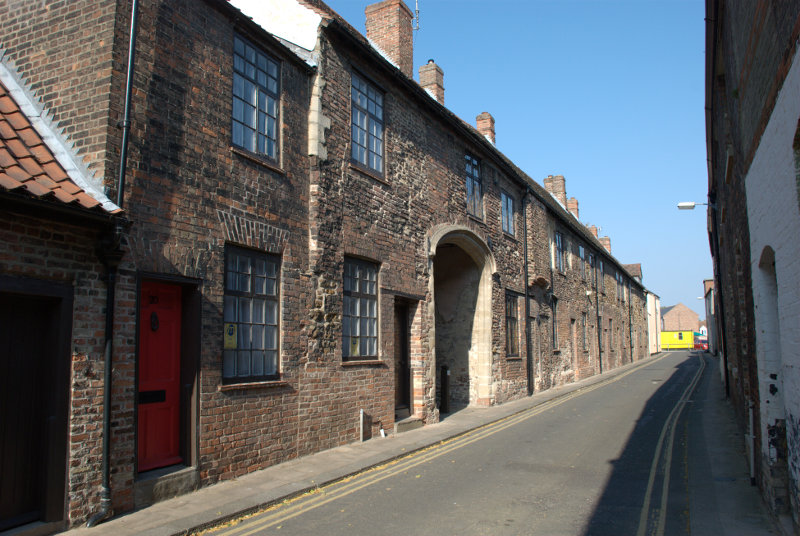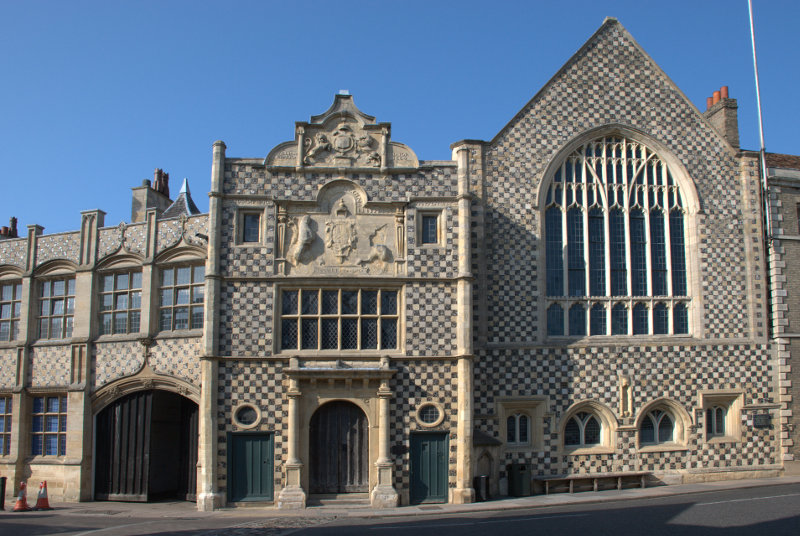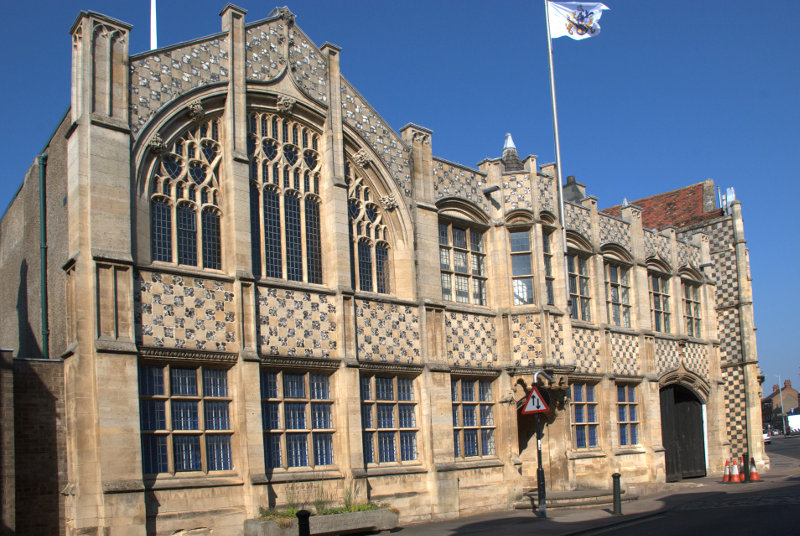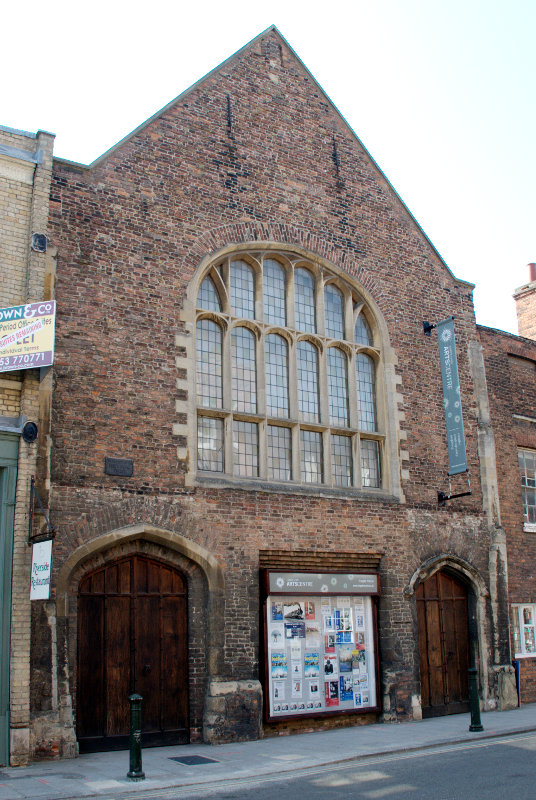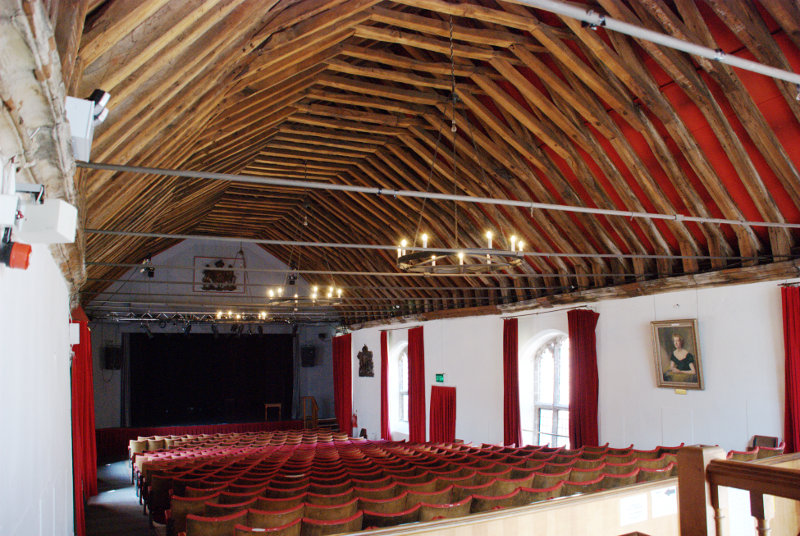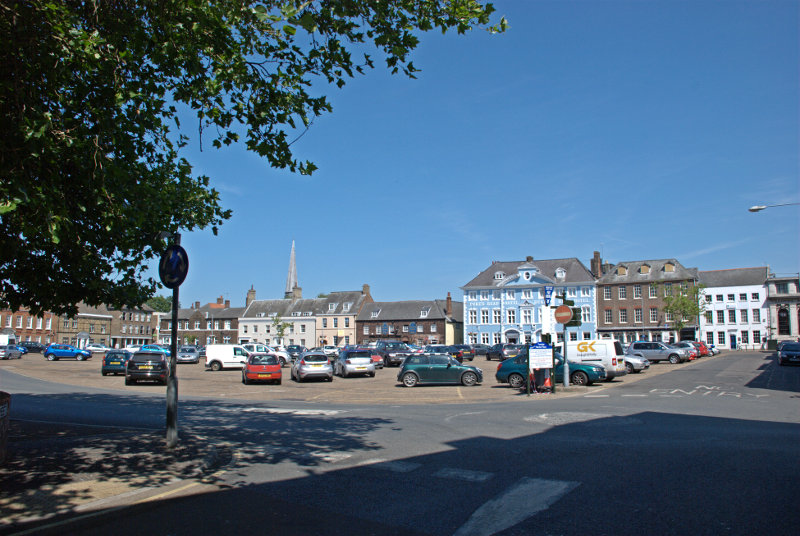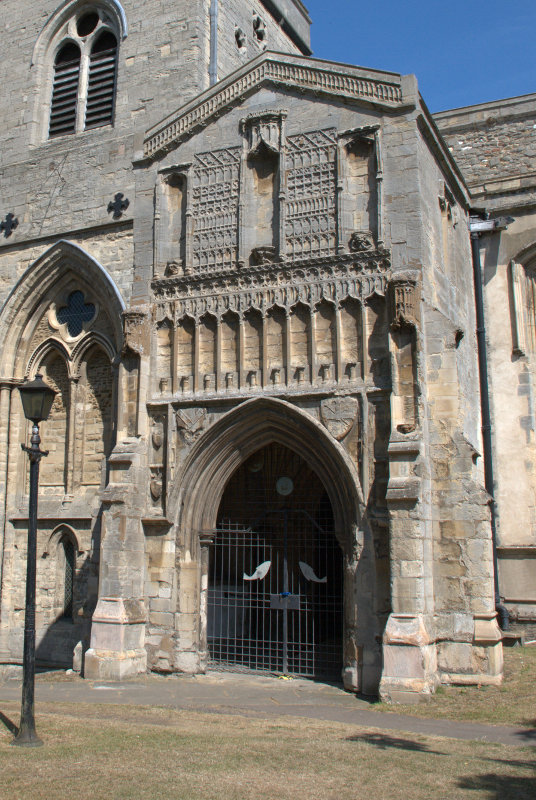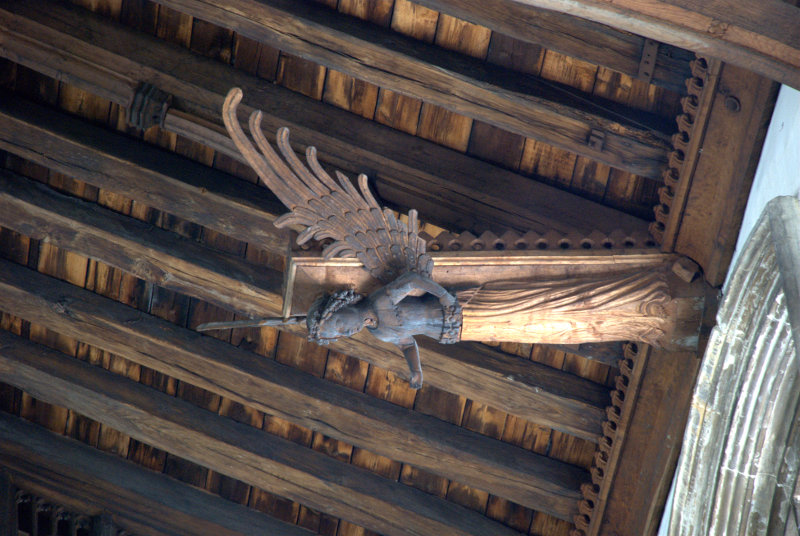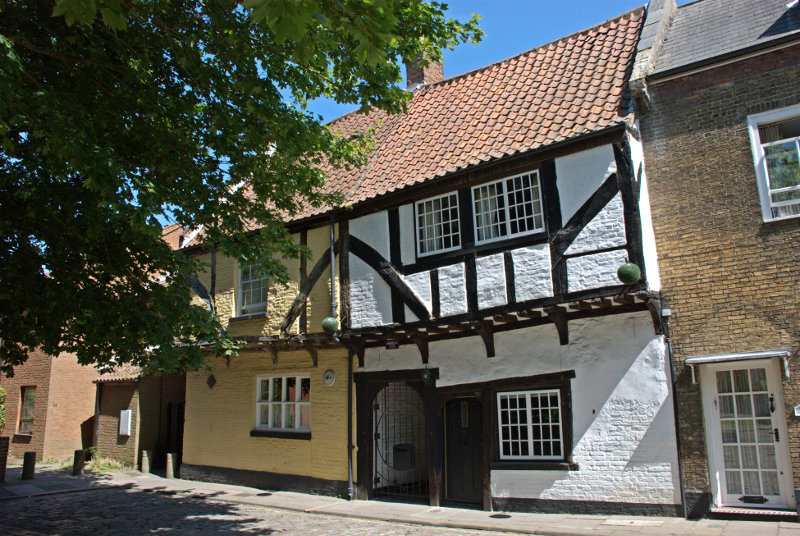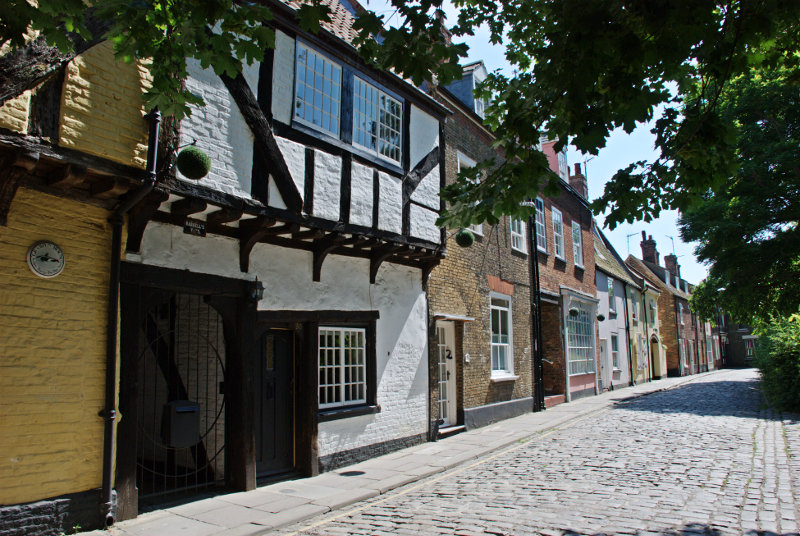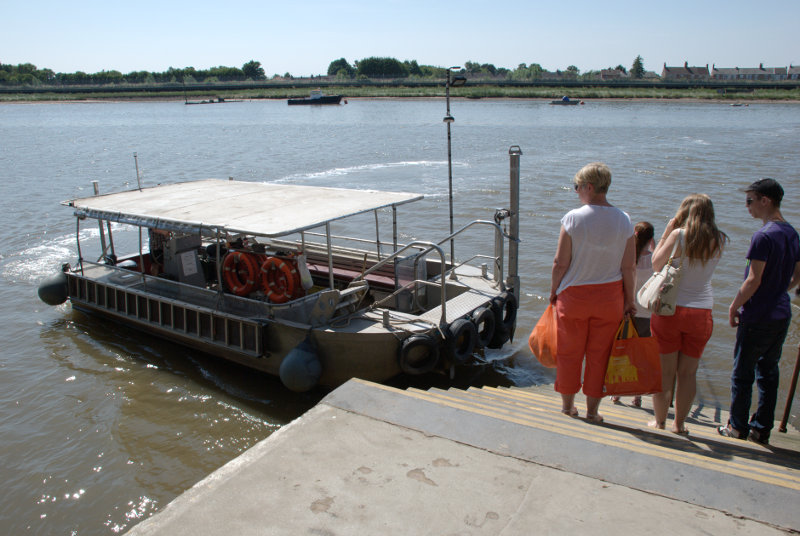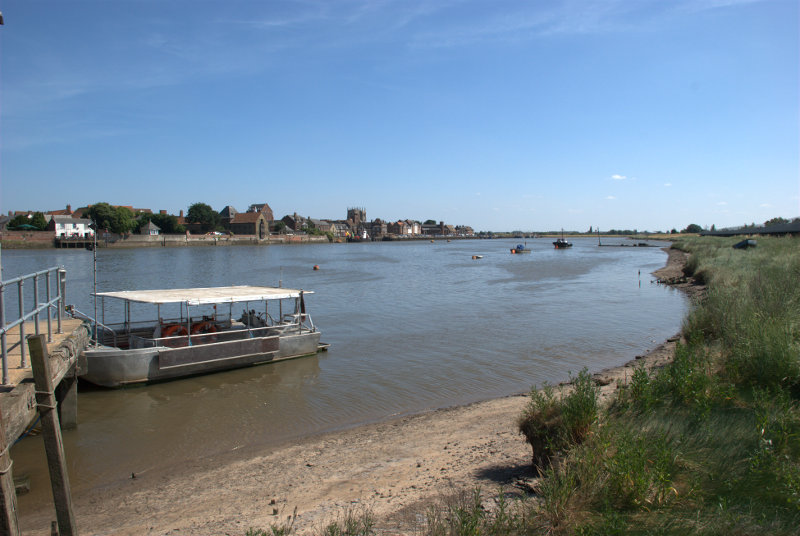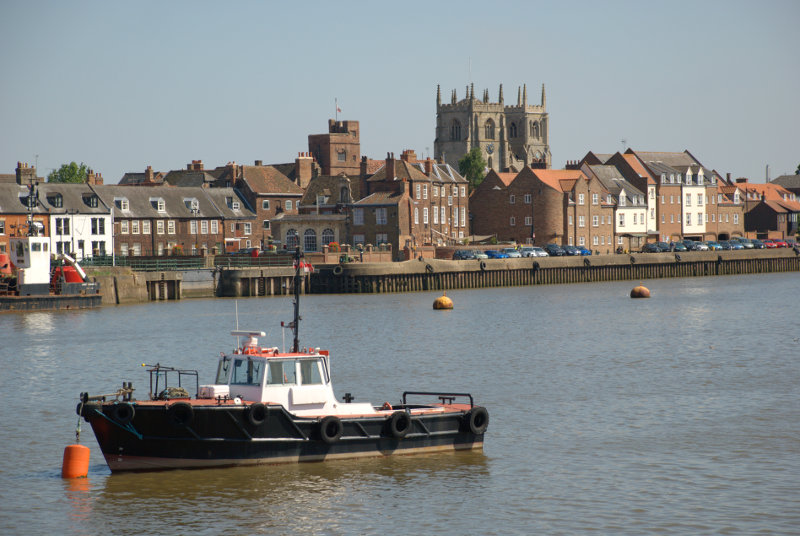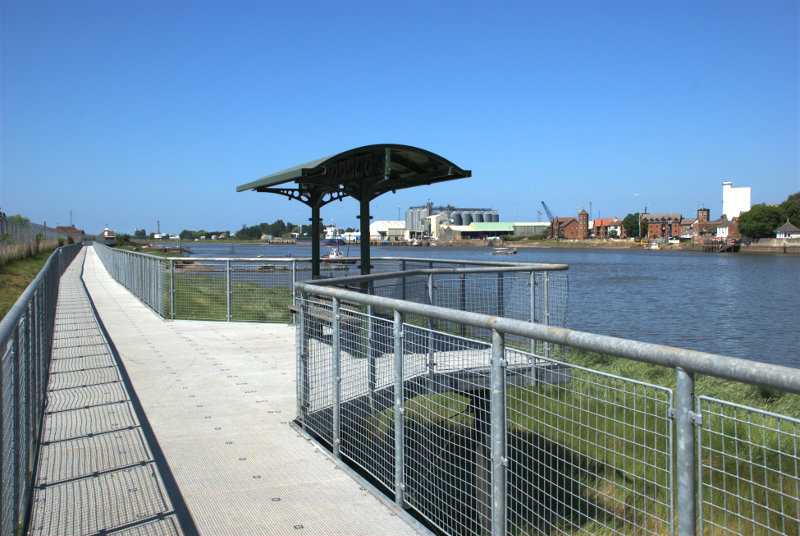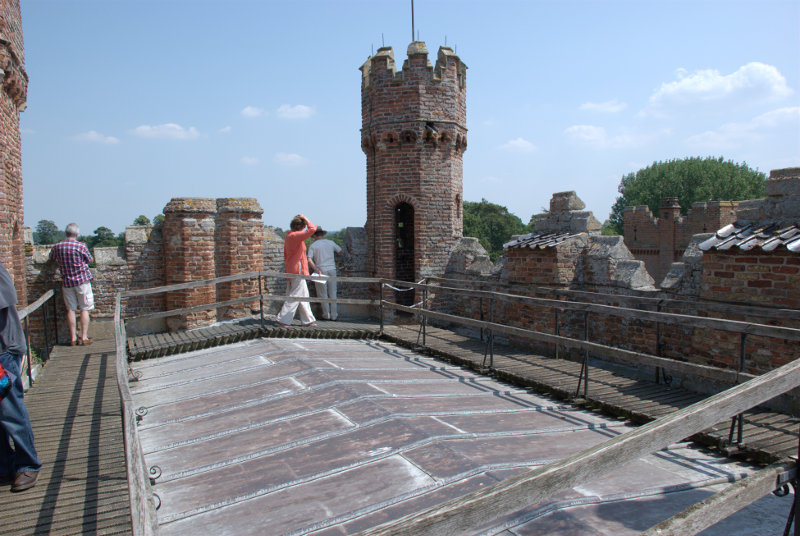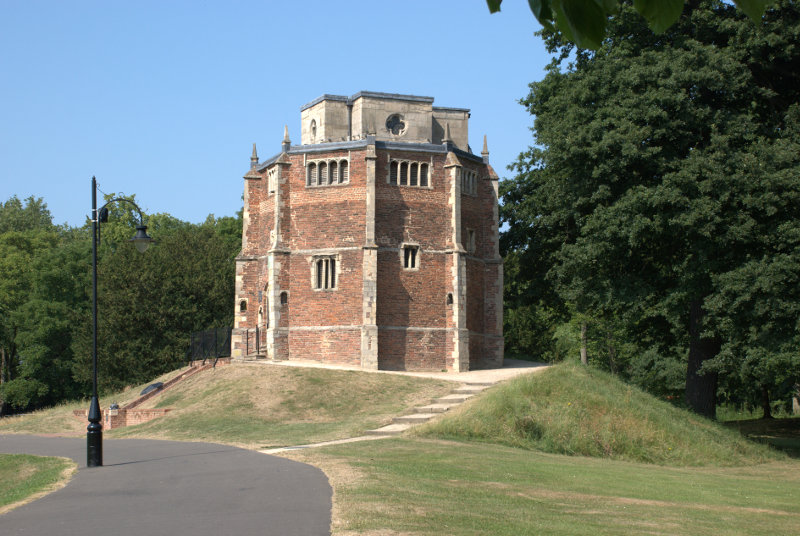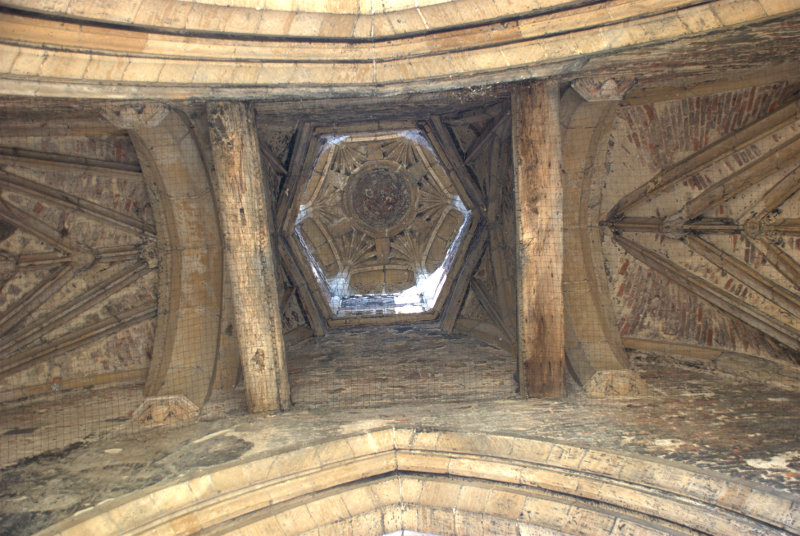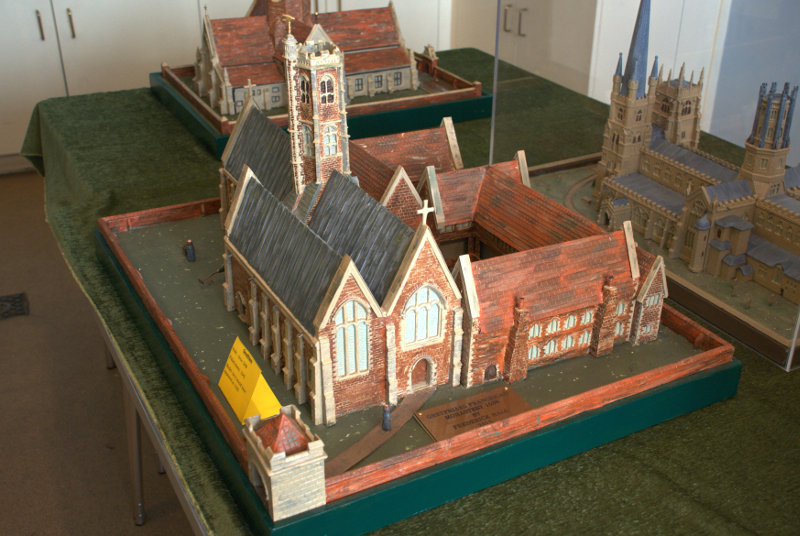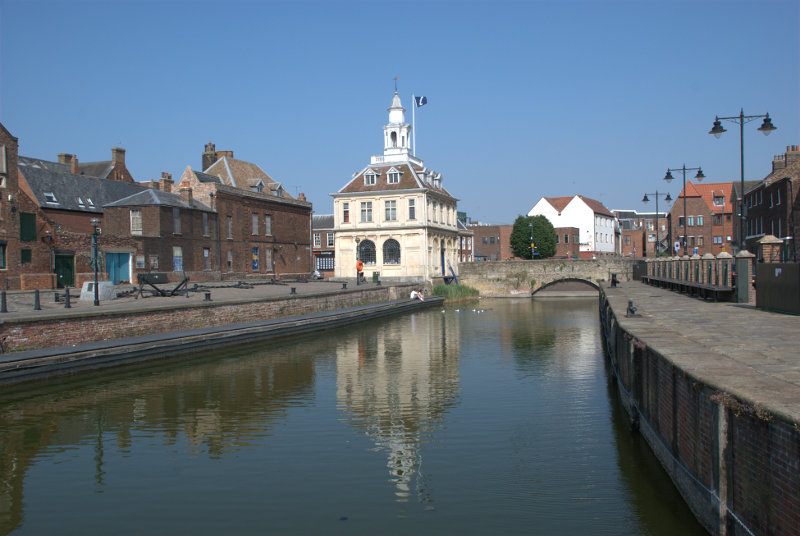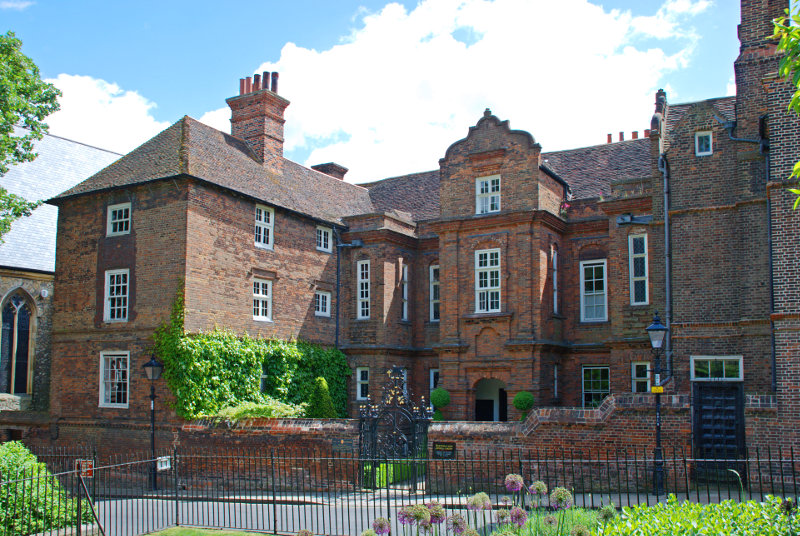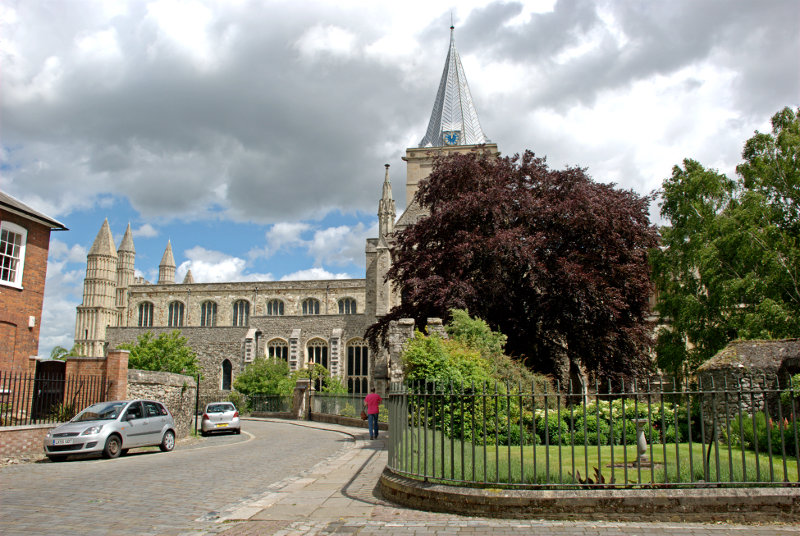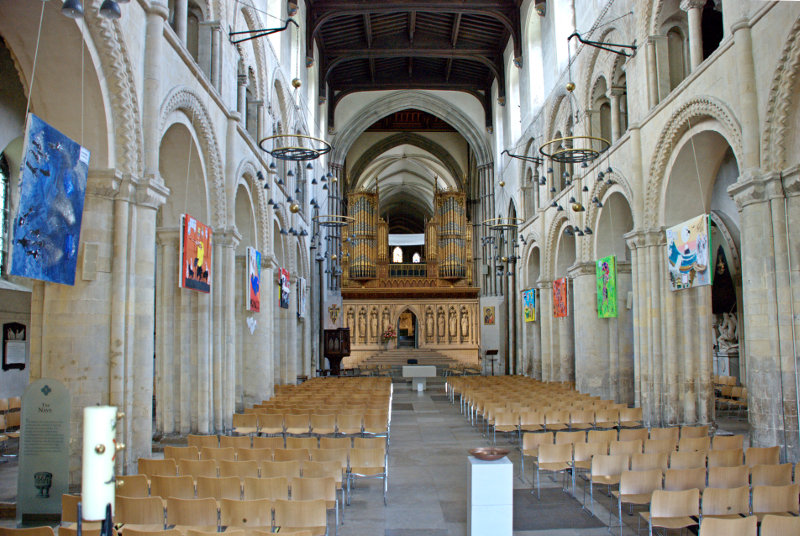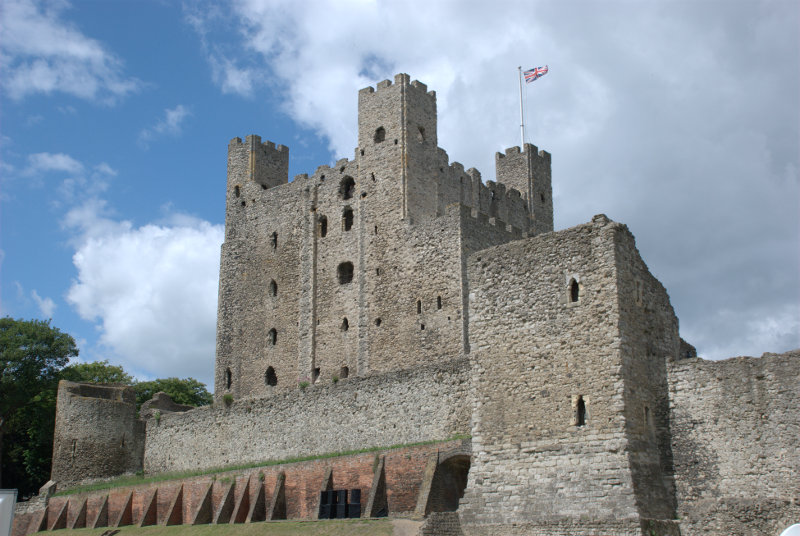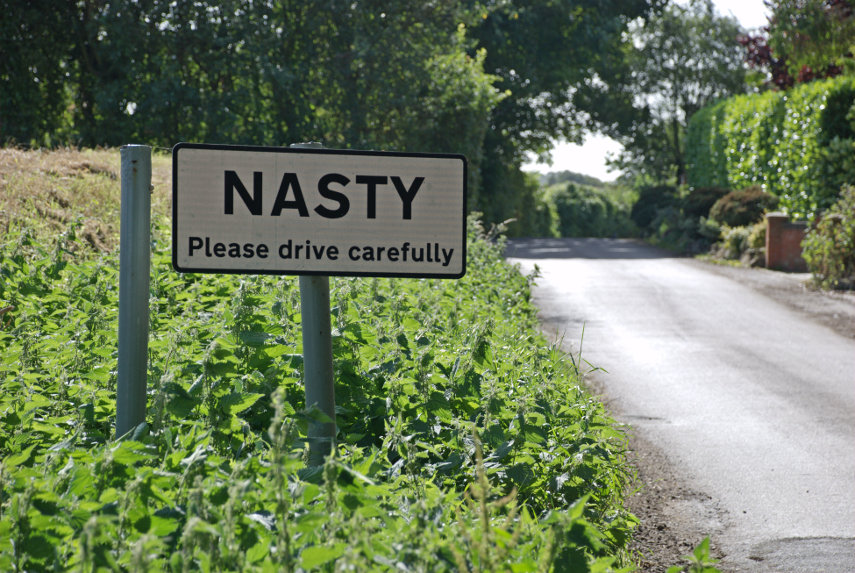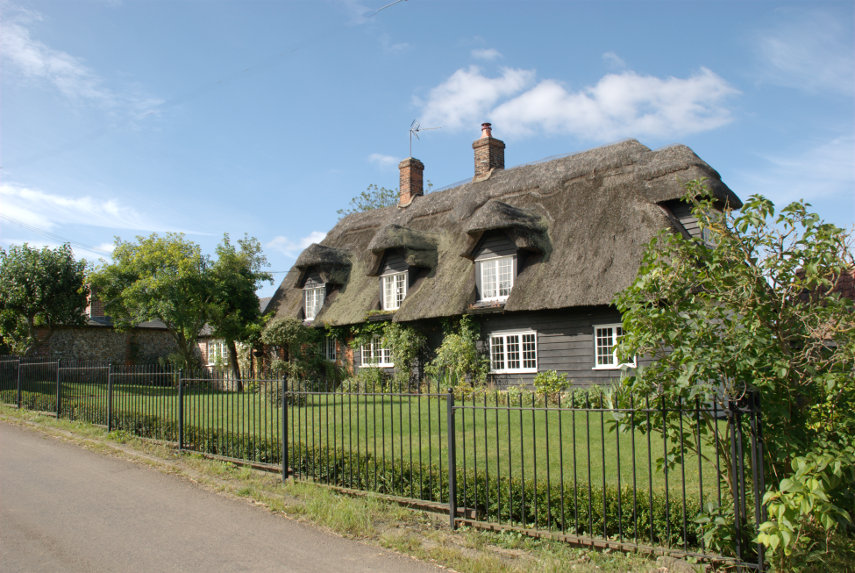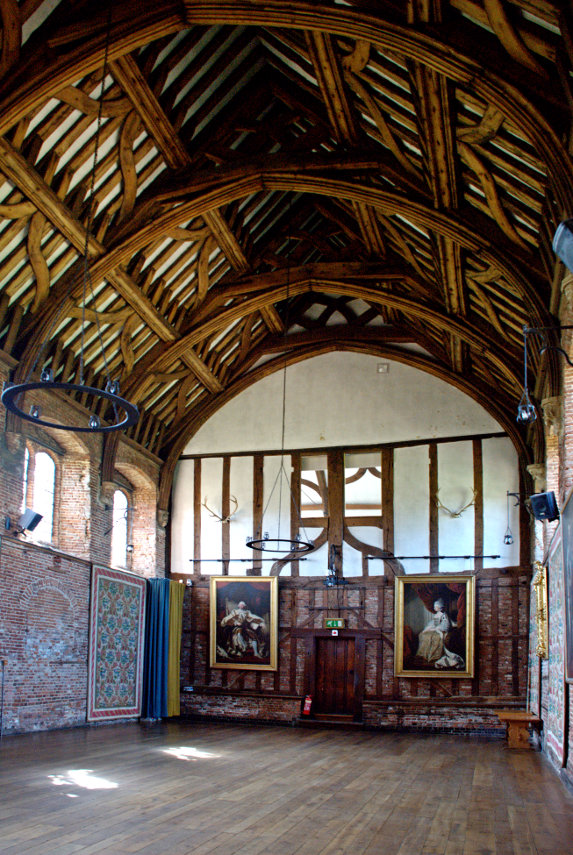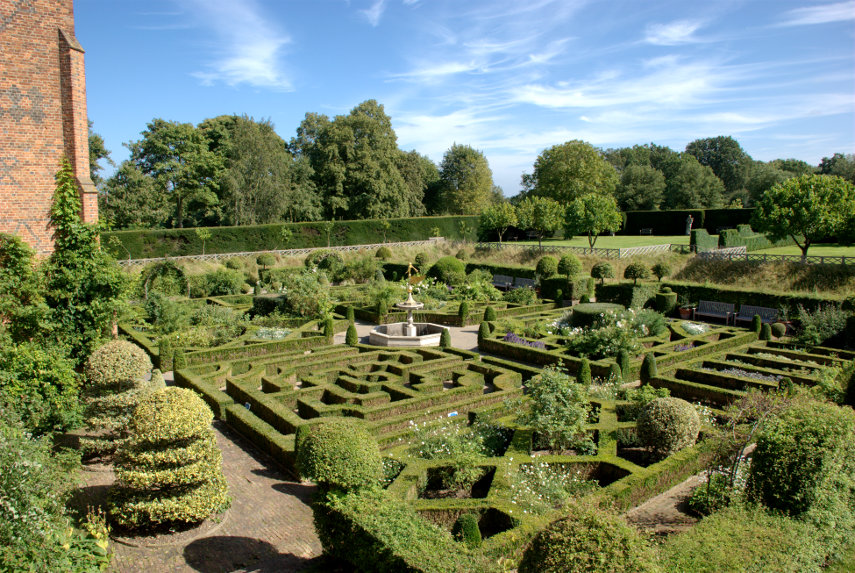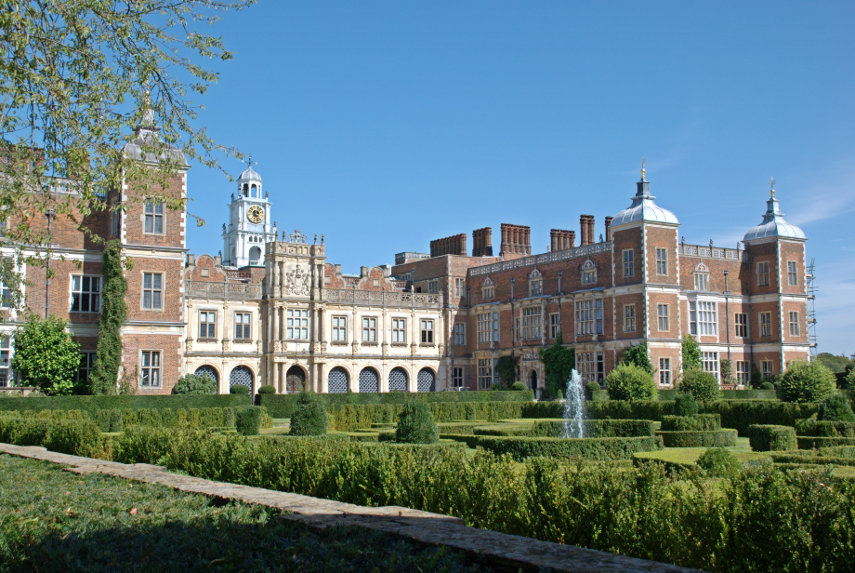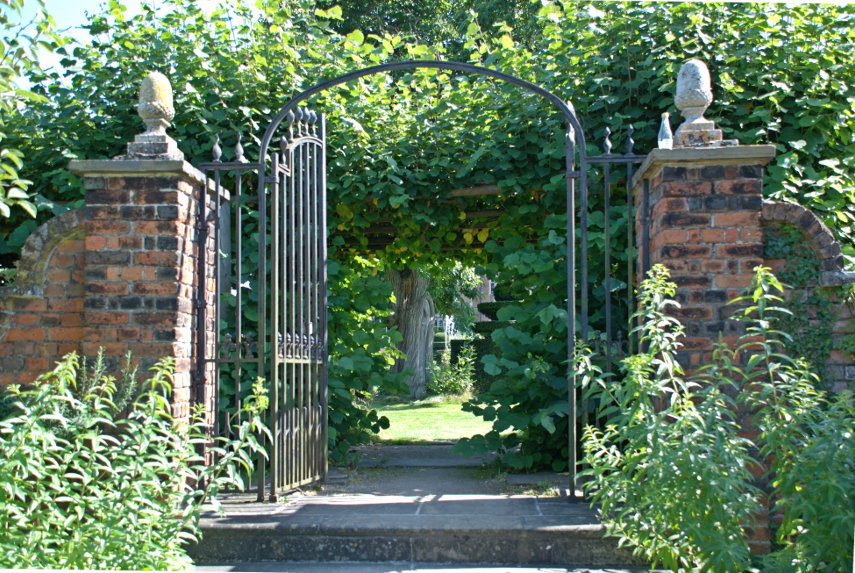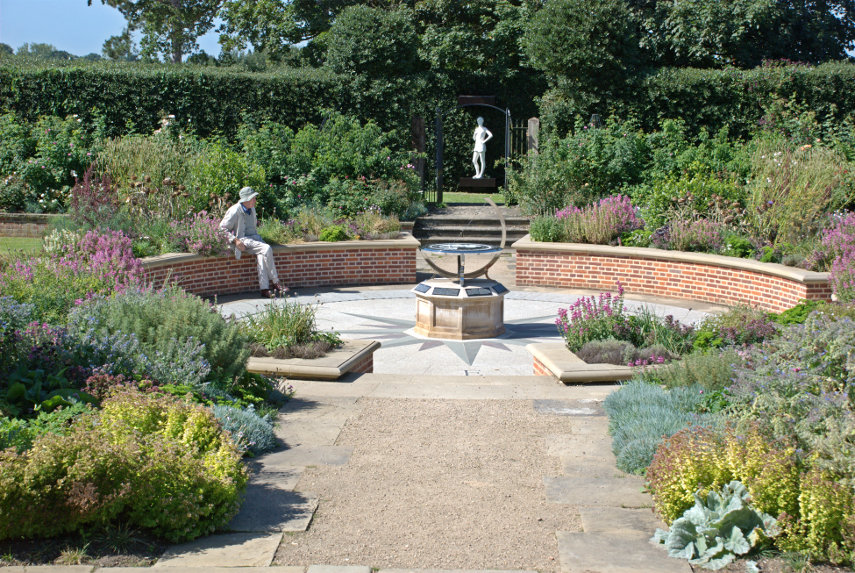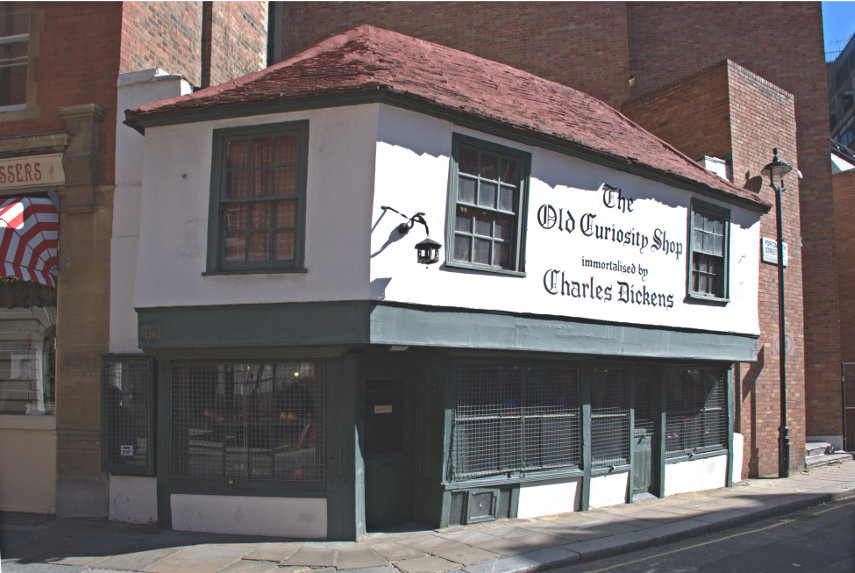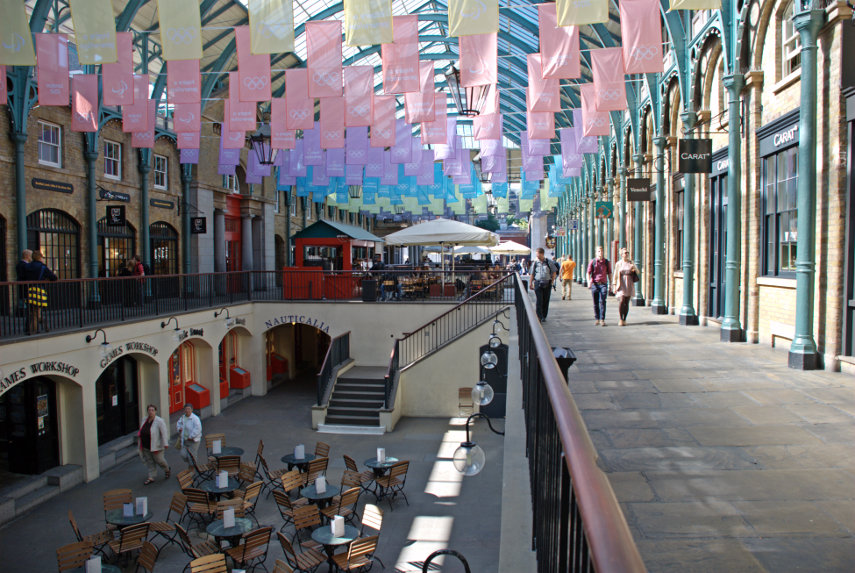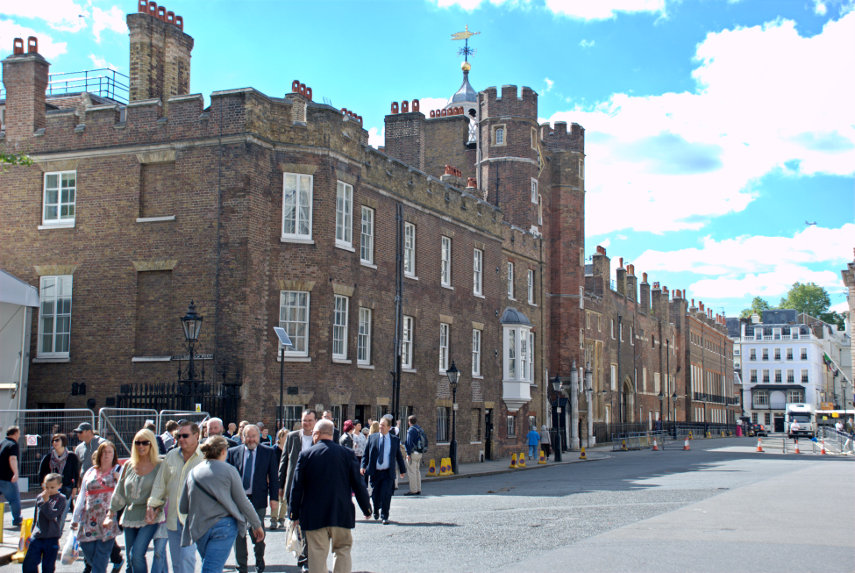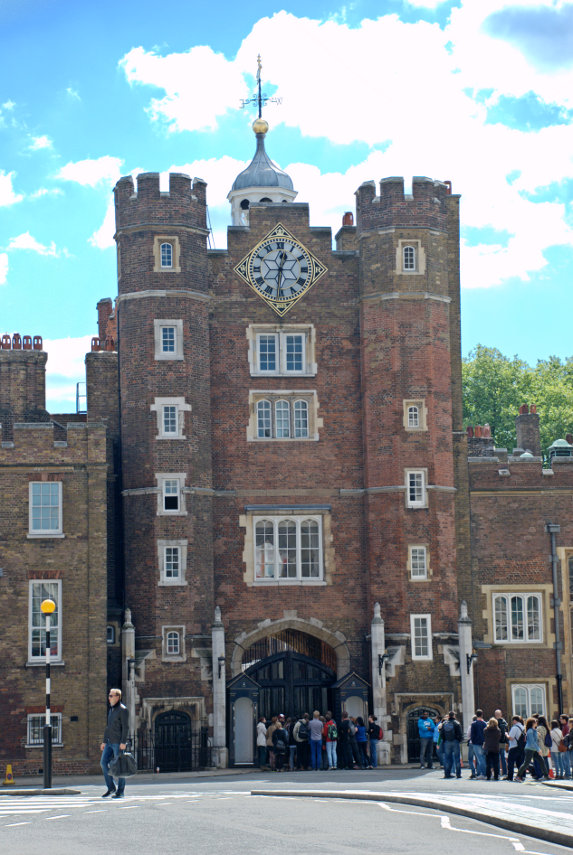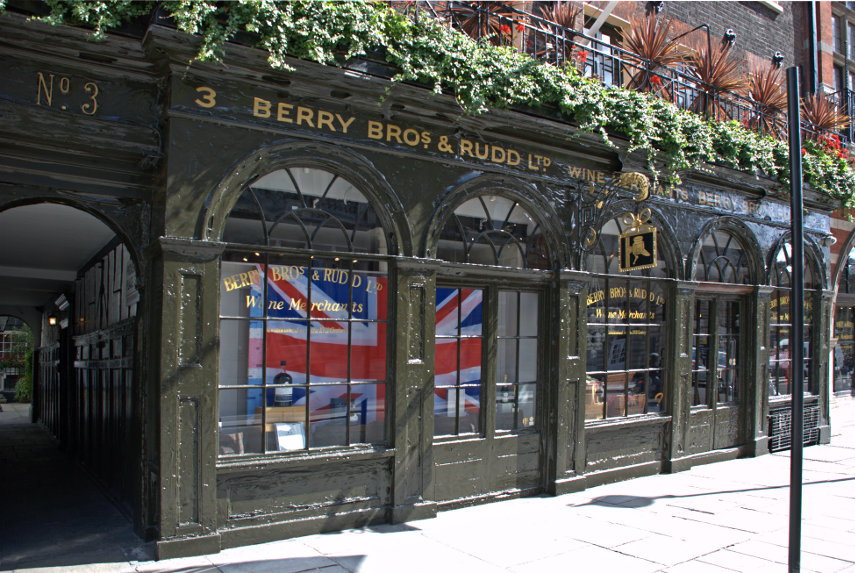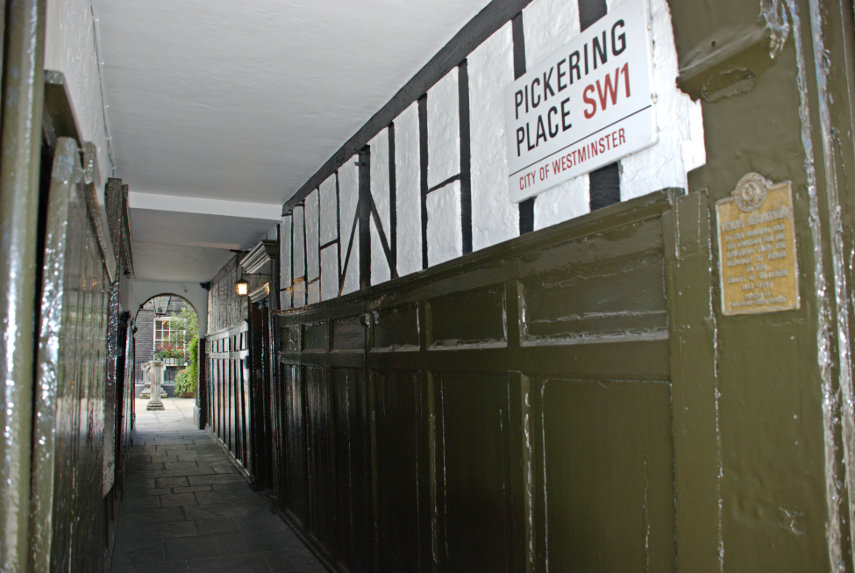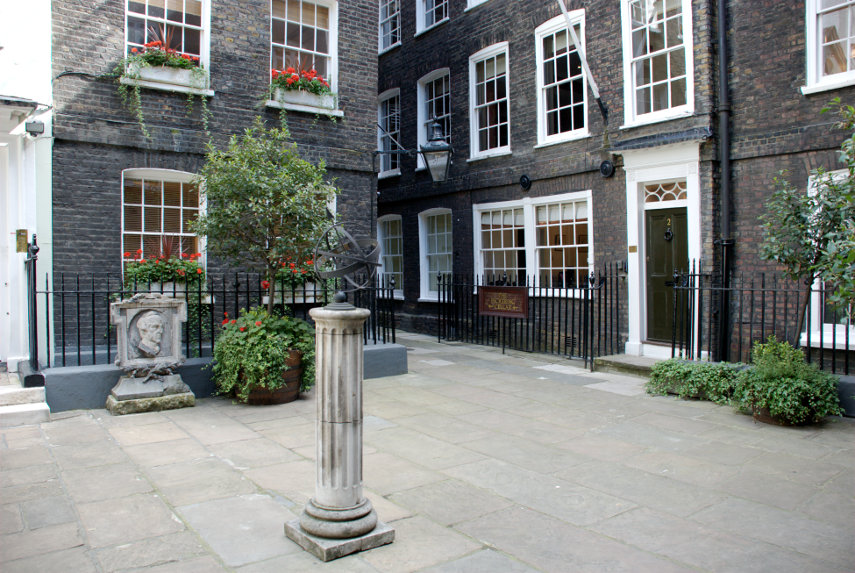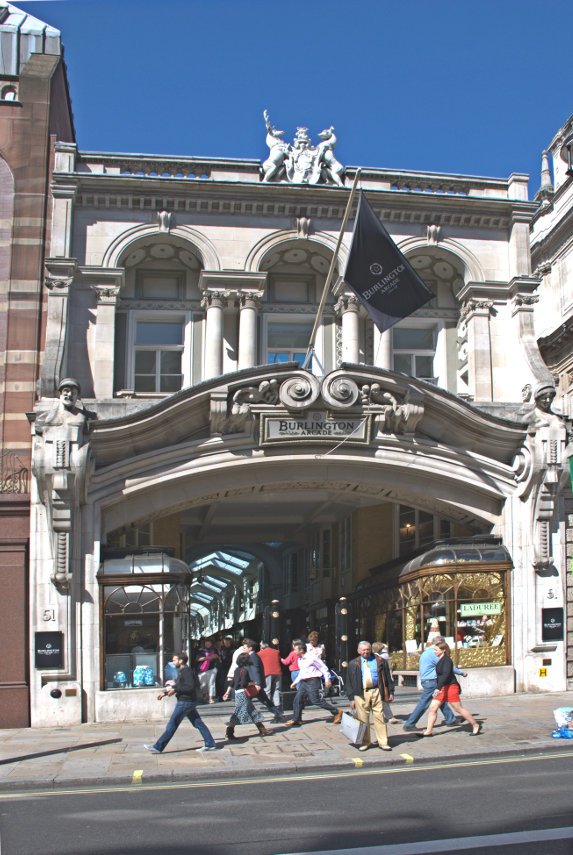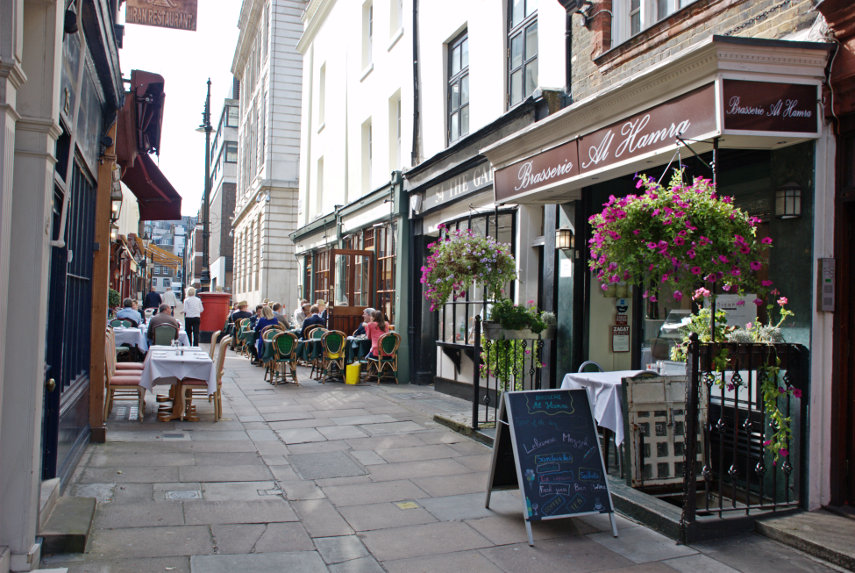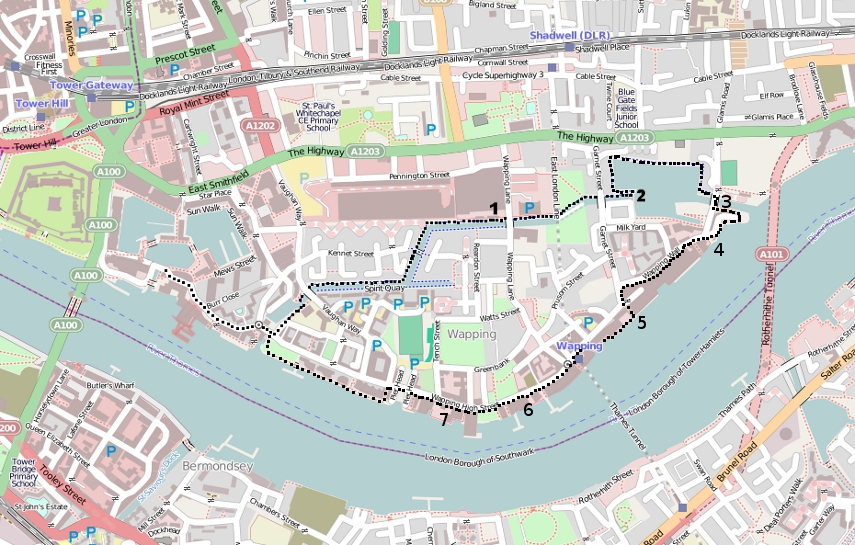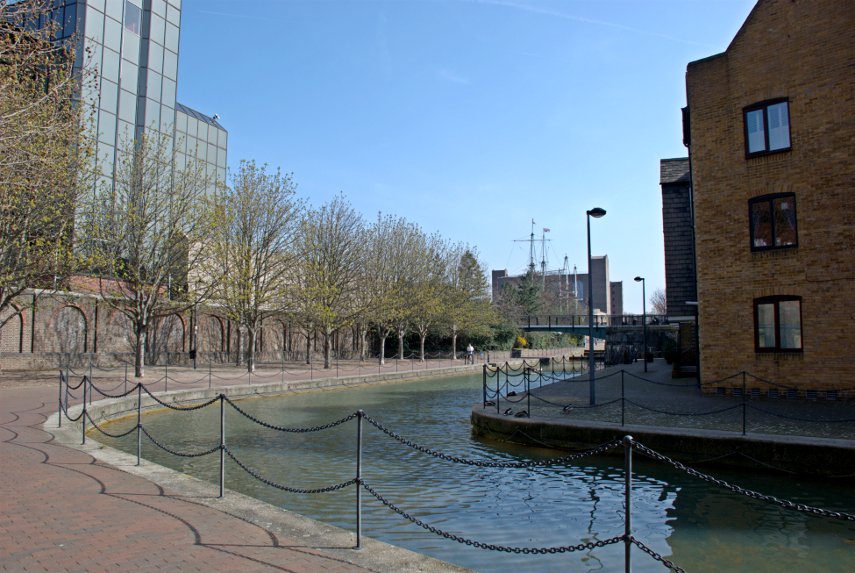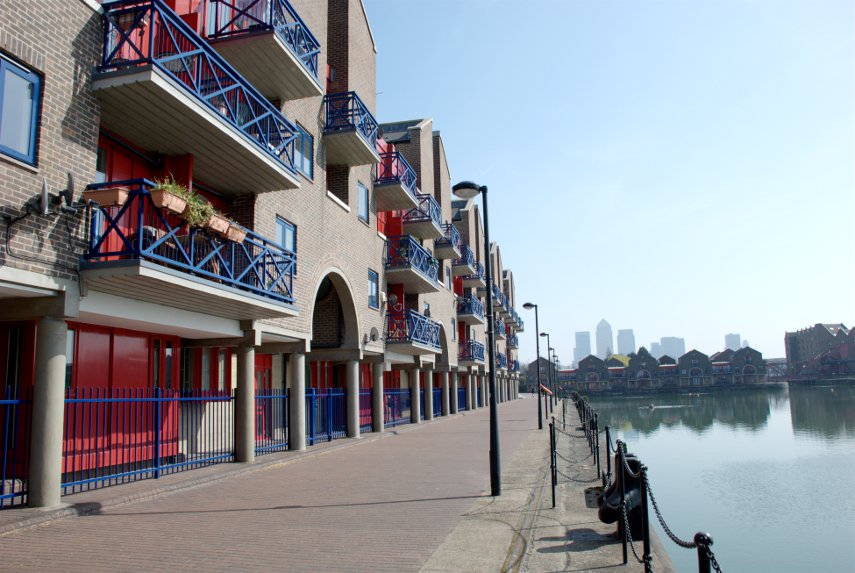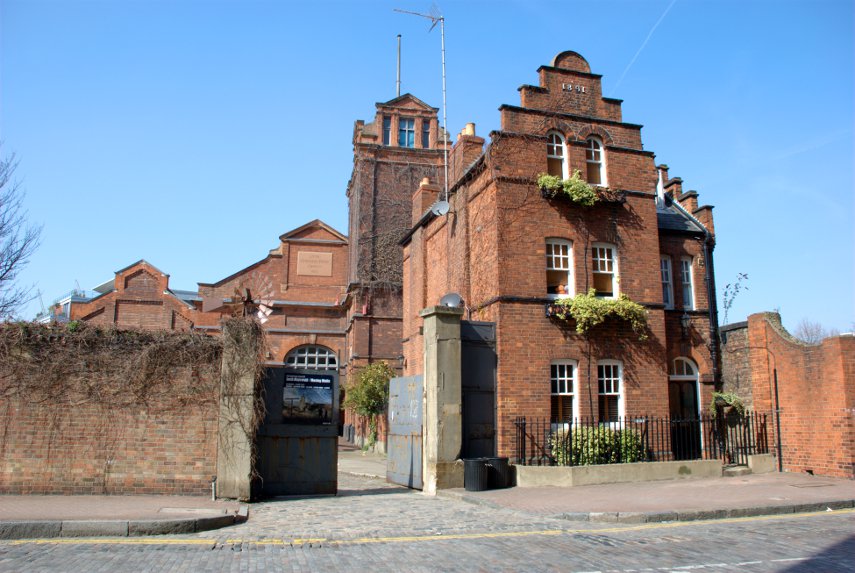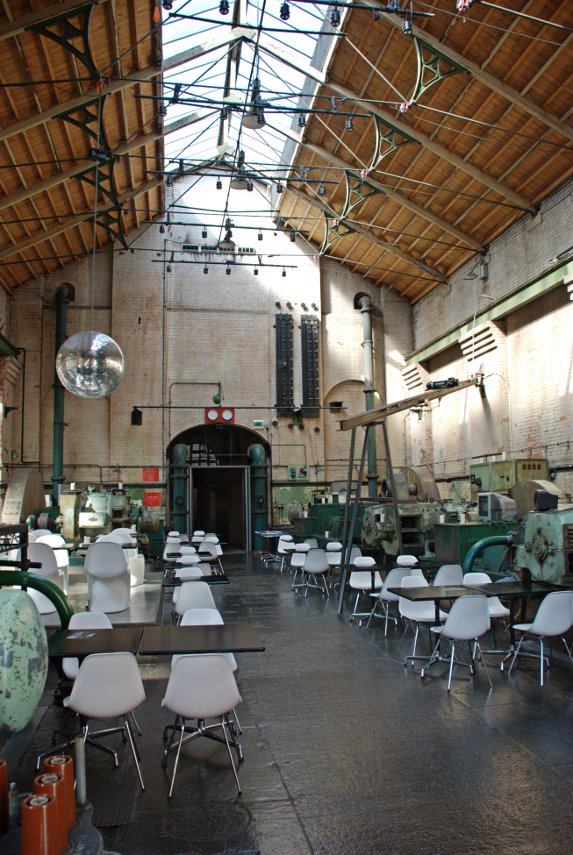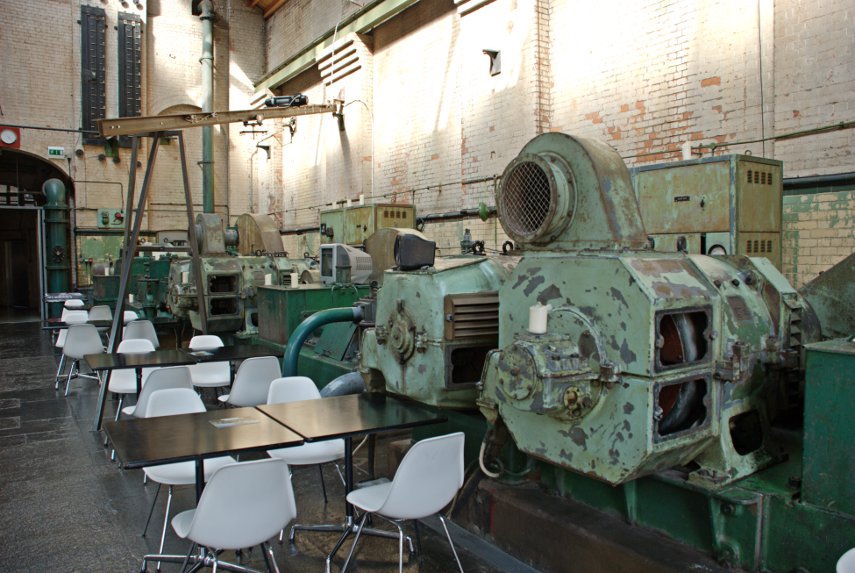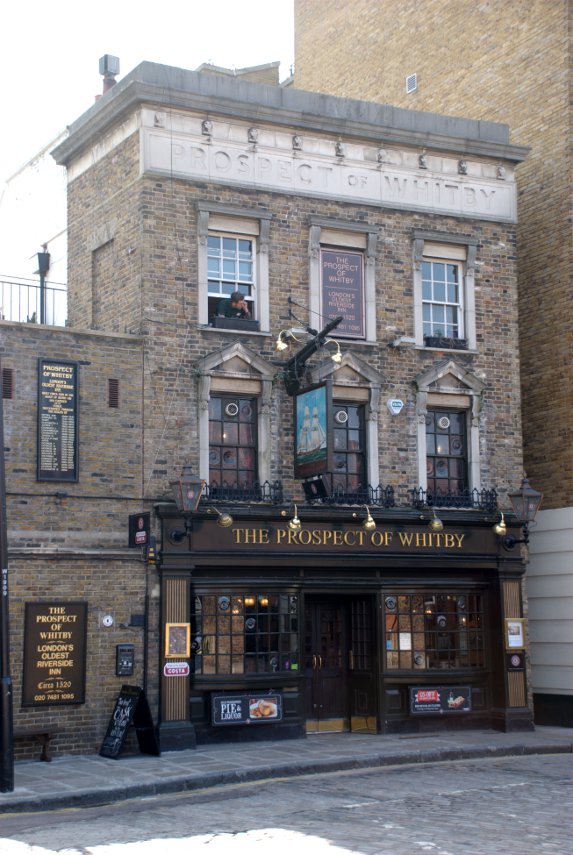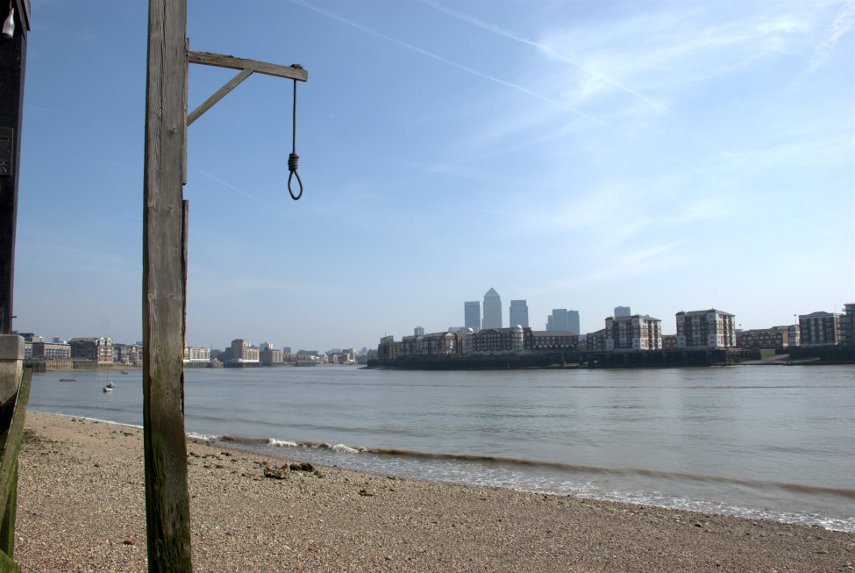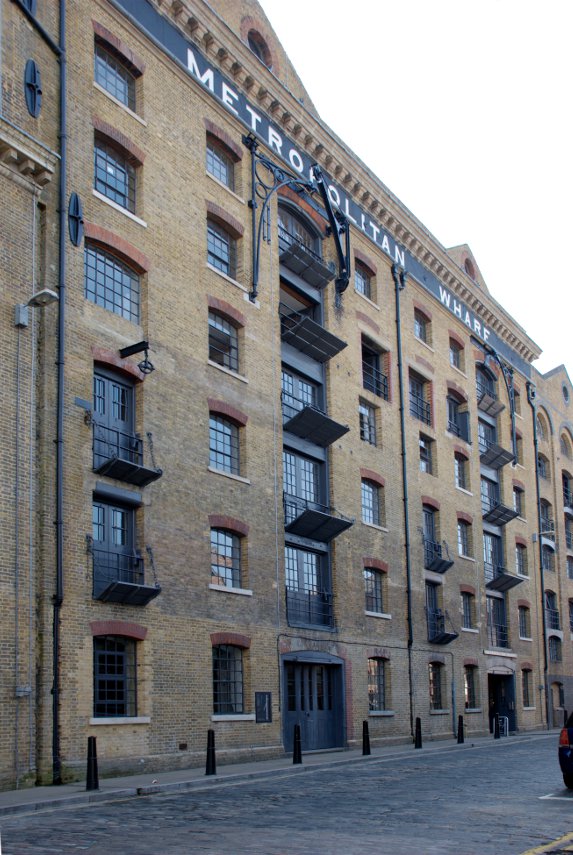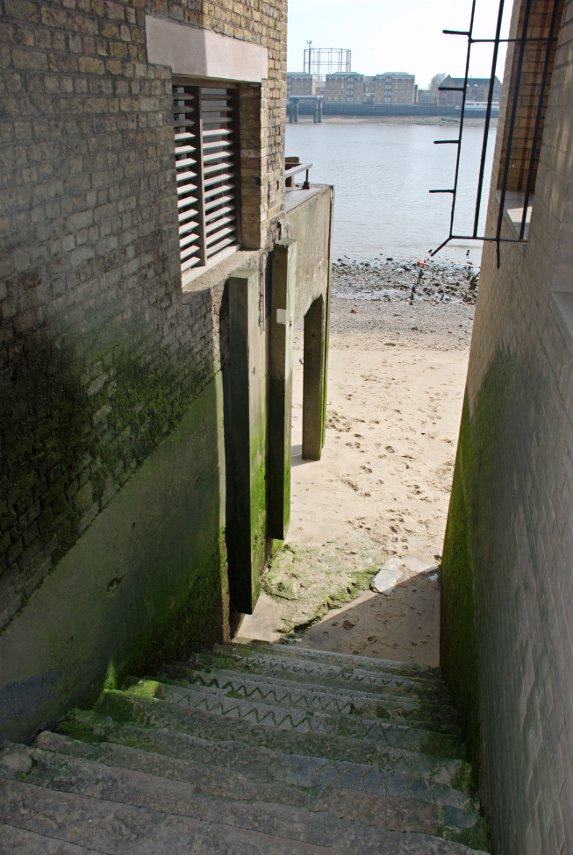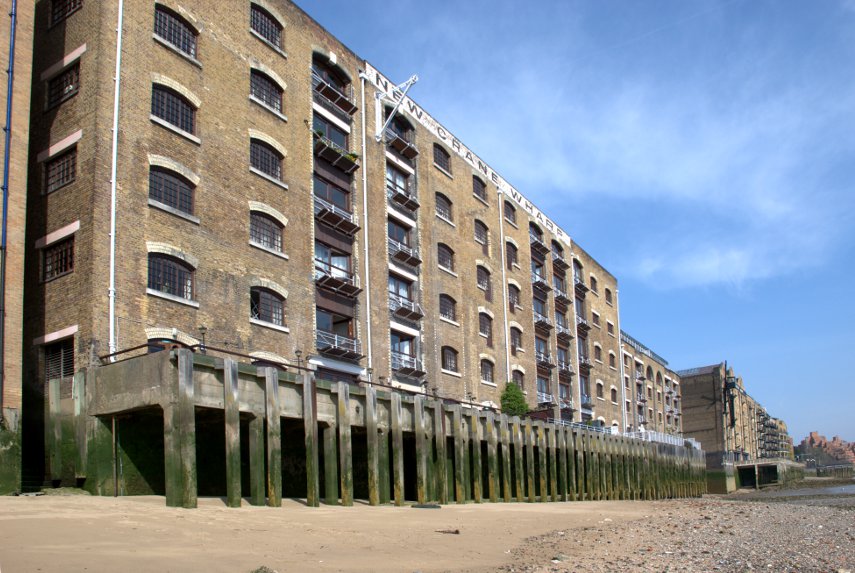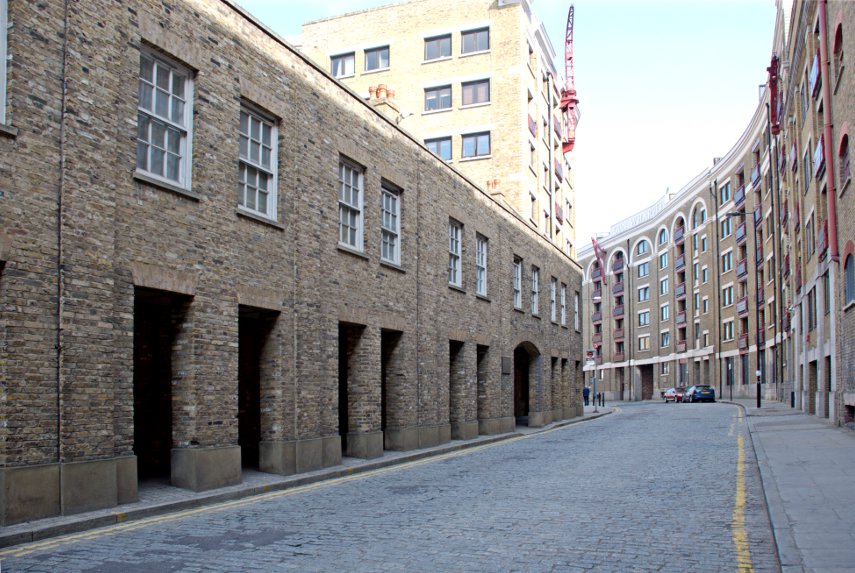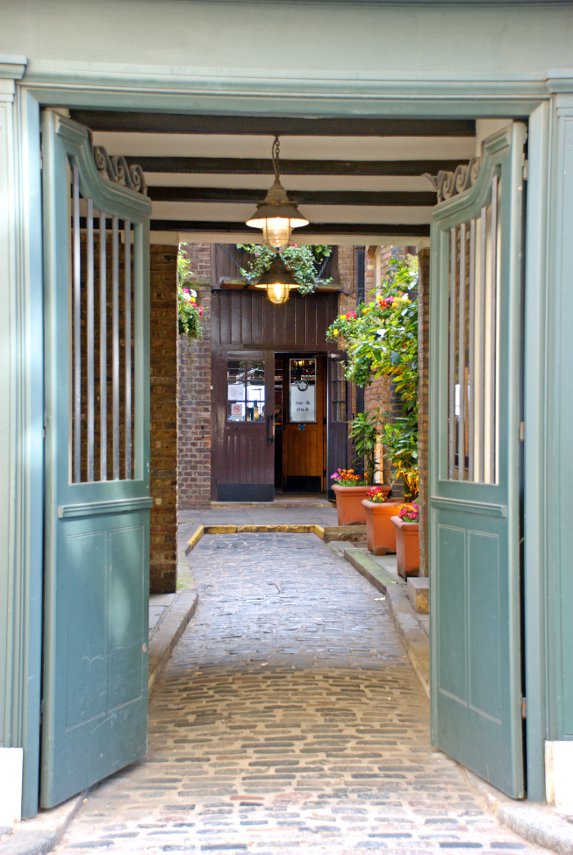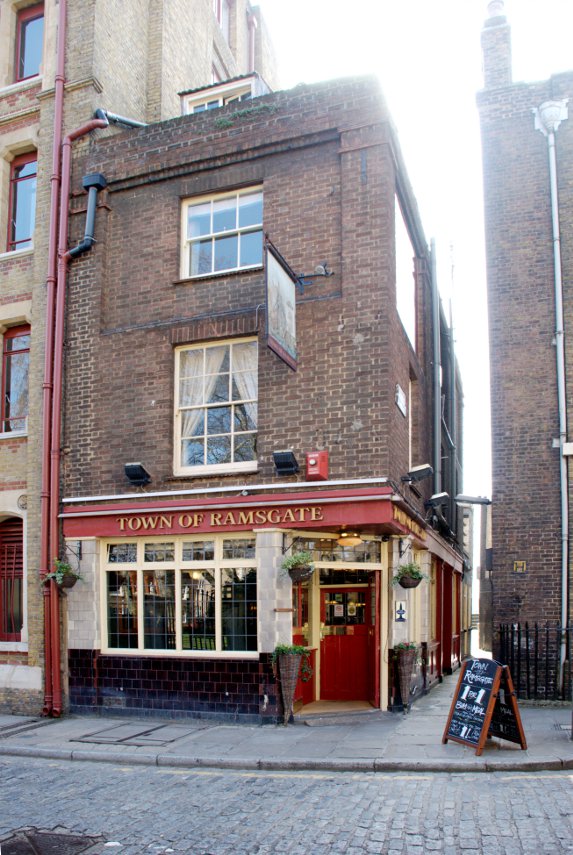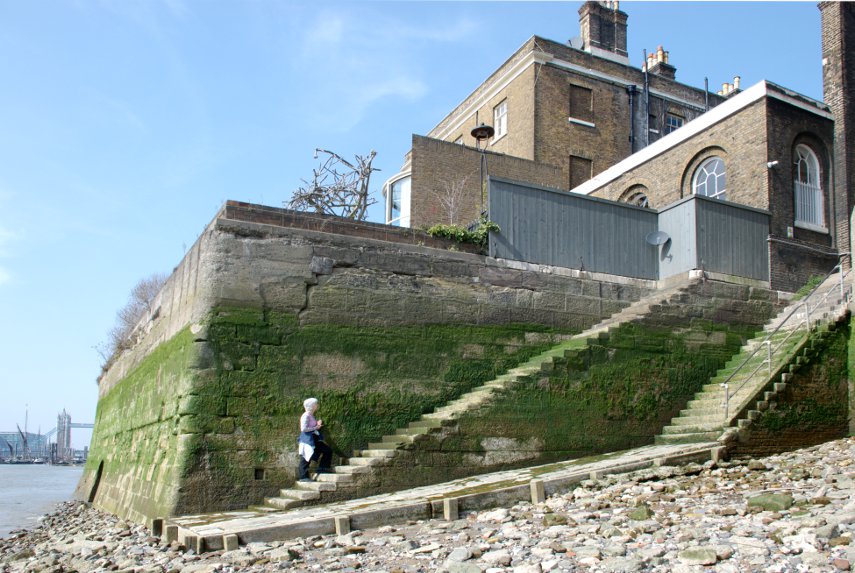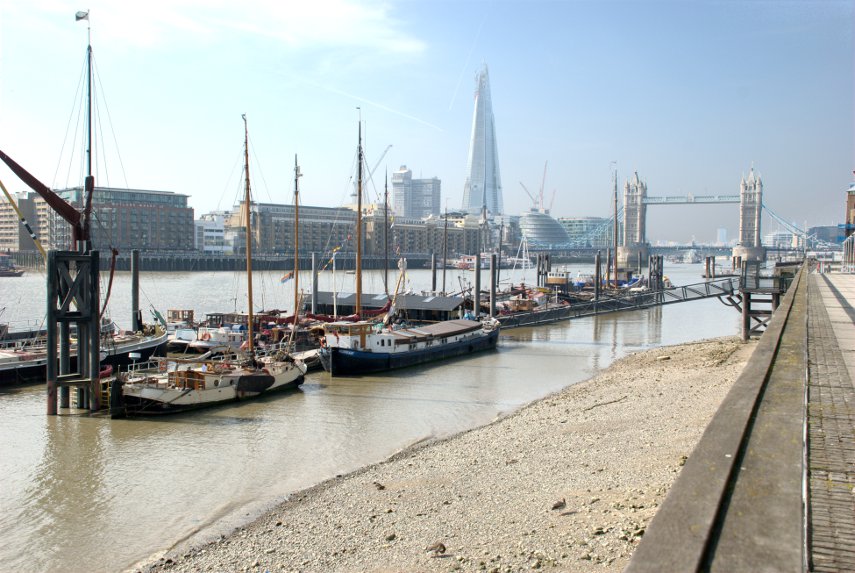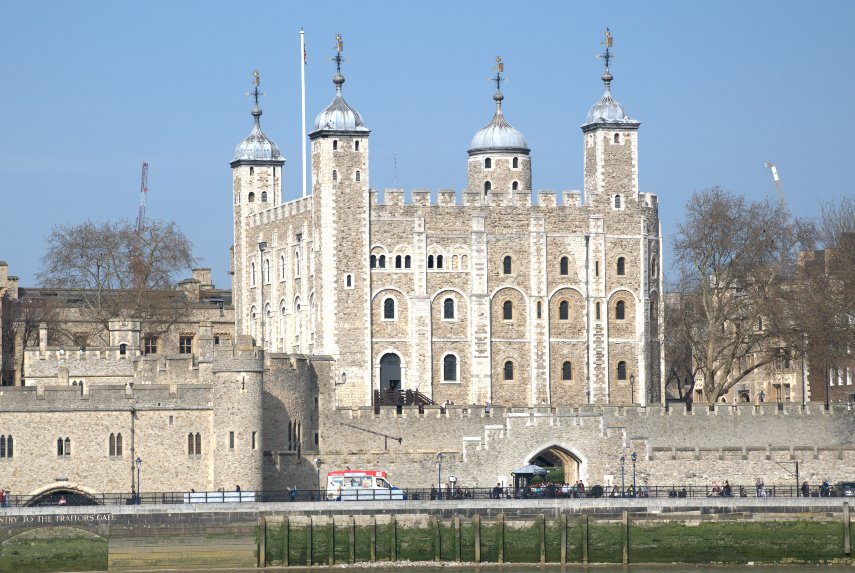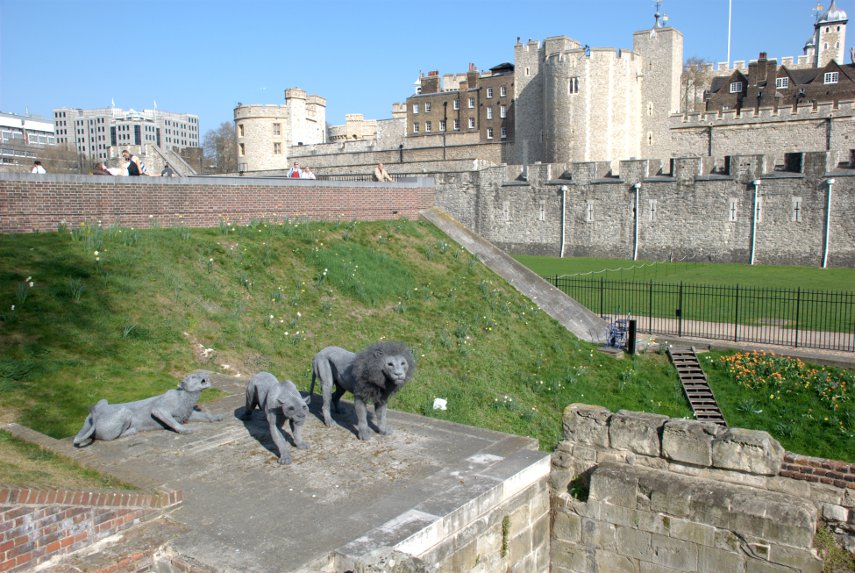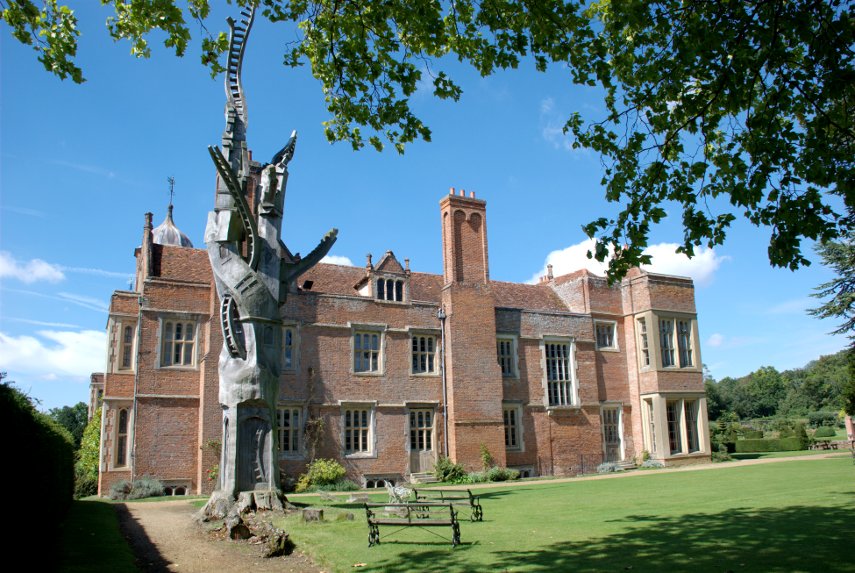Lynn – Day 2
Another hot, sunny day dawned although I wasn't awake to see that part. We went down to breakfast and very nice it was. We both had a cooked breakfast followed by toast and marmalade, of course, then it was time for some serious tourism.
Wherever we went in Lynn we went via The Walks past the Red Mount Chapel. It wasn't because we liked it so much but it was the most convenient route into the old part of the town.
We were headed for St. Margaret's Church, or the Minster as it is known, and Saturday Market Place. King's Lynn was originally two towns so it has two churches, two guildhalls and two market places. We will be seeing the other market place later.
For a parish church the minster is big.
The space on the left where there are some parked cars is Saturday Market Place which is used as a car park when there isn't a market being held.
Parish churches don't normally have two towers and especially towers that large and you can probably see in the top picture that there is a sizeable tower, although not as high, further back over the crossing.
This church also contains the largest monumental brasses in the country dating from the 14th century and the figures depicted must be near life-size. This is one of the pair.
Just south of the minster is Nelson Street and Hampton Court. This is not Hampton Court Palace in London but it is pretty spectacular all the same. The whole building was formed over a period of 300 years.
The South Wing was constructed first, consisting mainly of a 14th-century merchant's hall house and is thus the earliest surviving section.
The West Wing was constructed towards the end of the 15th century, probably as a warehouse which was later converted into a house. The East Wing was also constructed at the end of the 15th century.
The North Wing completed the courtyard a century later.
In the picture above the doorway into this courtyard is visible in the far wall.
Next to the north wall of Hampton Court is St. Margaret's Lane with the 15th century Hanse House, a Hanseatic Warehouse, along one side. The Hanseatic League was a trading confederation which existed from the 13th to the 17th centuries.
Running eastward from the junction of St. Margaret's Lane and Nelson Street is Priory Lane.
St. Margaret's Church, the Minster, was originally part of a medieval Benedictine Priory until the Reformation when the priory was disbanded by Henry VIII but the church was saved as a parish church. Priory Lane includes buildings in the medieval priory range. Note the rather imposing archway.
It was rather nice walking around this area with its old narrow streets because it offered plenty of cool shade.
We walked back past the church to the north side of Tuesday Market where we found the town hall complex which included the 15th century Trinity Guildhall.
The guildhall includes the facade with the doorway in the centre of the picture and the gabled building to its right. The part on the left is the town hall shown below.
The town hall is an extension built in a similar style in 1895. You can see the Guildhall jutting out at the far end.
We were now heading further north along Queen Street and then King Street to see St. George's Guildhall. The largest surviving 15th century guildhall in England.
The guildhall ha since been converted for use as a theatre and the second picture shows the structure of the original roof.
We now travelled the short distance to the larger Tuesday Market Place. As is the case with Saturday Market Place when a market is not beig held this market place is also used as a car park.
The prominent blue and white building is the Dukes Head Hotel and the spire poking up above the rooves to the left is St. Nicholas' Chapel. I think that I can say, without exaggeration, that this is the largest chapel that I have ever seen.
Apparently it can't be called a church because it isn't a parish church and that honour goes to St. Margarets so it must be a chapel. Built in the 15th century it has a very fne porch and some of the best carved wooden angels in the roof that we have seen.
To the south of the chapel by a side entrance to the churchyard was the Exorcist's House. The position of Exorcist in past enturies was one which a Catholic priest could hold as he progressed up the church career ladder. It has a side entrance that leads directly into the churchyard and has the reputation of being haunted.
Behind the chapel is Pilot Street where we spotted these nice timber-framed buildings.
We now headed for the river down Ferry Lane. You won't be able to guess where we're going.
It was a strange looking little boat but eminently suited for its purpose.
Here we are on the other side of the river in West Lynn looking back at the King's Lynn waterside.
We walked along the boardwalk which runs along the bank and had some good views of King's Lynn.
Somewhere back there is where we got off the ferry and we have to walk back again. We had worn our legs down to short stumps by now so that is what we did. We went back to the ferry and went 'home'.
We're off somewhere different tomorrow.
